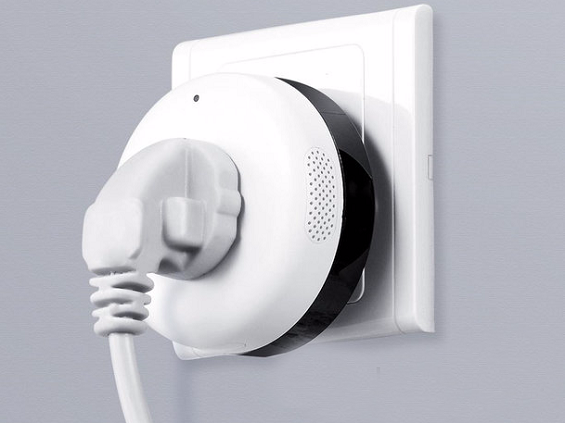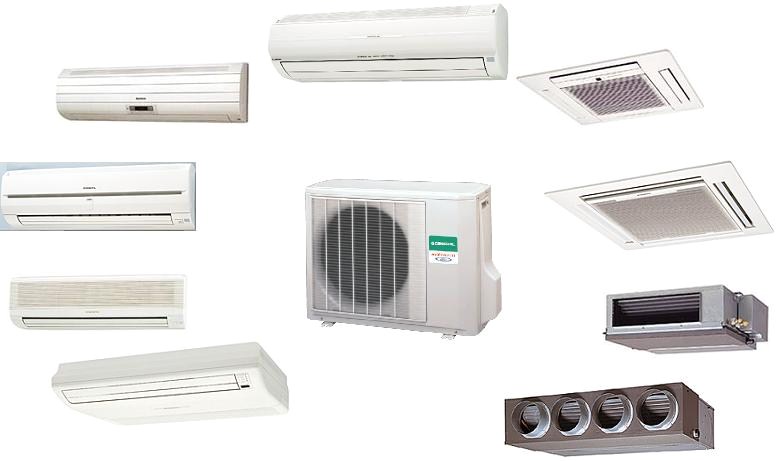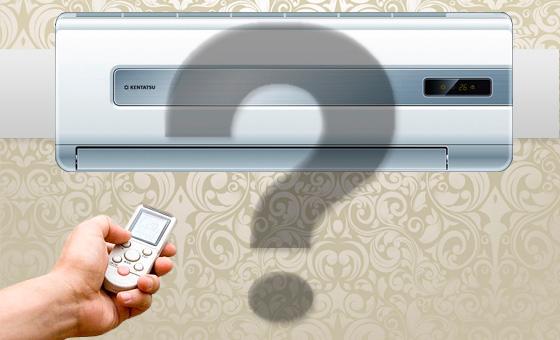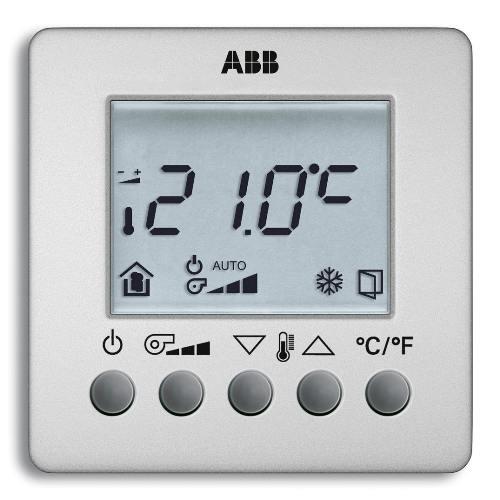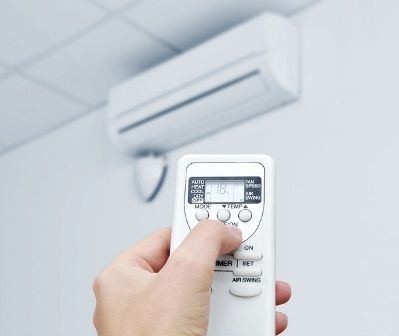The power of a household air conditioner is one of its most important characteristics. The size of the room that can cool the equipment depends on the power.
The power of the air conditioner and the area of the room are closely interrelated. If the power is low, owners may not notice this until the hot summer days, when the device simply does not cool the air to the desired level. At the same time, it will function as intensively as possible, putting the compressor at risk. An air conditioner installed in the fall can cope with its function in the off-season.
Do not go to the other extreme - to buy too powerful air conditioner for the apartment. In a small room, residents will be constantly under a stream of icy air, which is unhealthy.
On the other hand, a powerful air conditioner in a smaller area will start up more often, wearing out faster. And you will have to pay more for a more powerful device.
Approximate calculations of power
To roughly calculate the capacity of an air conditioner for an apartment, you can apply the following ratio:
- one kilowatt of cooling capacity per ten meters of floor space.
The ceilings are no higher than three meters. To calculate the power of a domestic air conditioner, the area of the room should be multiplied by 0.1. So, for the service of 30 sq. meters, 3 kilowatts of cooling power are required. To reduce the error, let's roughly calculate the heat inflow from the walls, windows and ceiling. We will increase the initially obtained value by another 20 percent.
This is a very rough estimate, which is only suitable for residential premises. Thus, the area directly affects the capacity of the air conditioner.
More accurate calculation
In more detailed calculations, not only the power of the air conditioner and the area of the room are taken into account, but also the direction of the windows (south-north), the number of equipment, people, the presence of ventilation and even the number of storeys (the last floors are perfectly "warmed up" through the roof).
M = M1 + M2 + M3, here
M1 - total heat gain from the ceiling, walls and floor. Calculated by the formula:
M1= room area * ceiling height * coefficient (30 - 40) \ 1000.
M2 - total heat gain from people present in the room.
An adult at rest emits 0.1 kW,
With physical activity from 0.13 to 0.2 kW.
M3 - heat gain from household appliances, which is 1/3 of the power of the equipment.
Thus, with an error of up to 15%, the power of the air conditioner and the area of the room are recognized.



